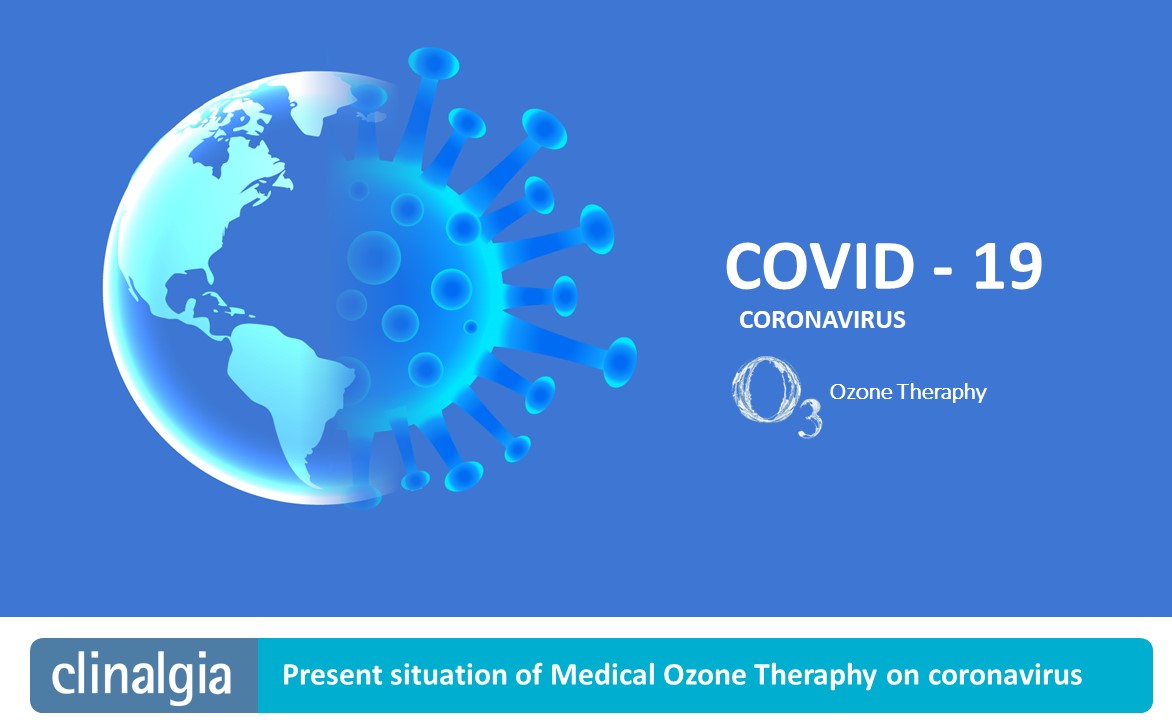
23 Abr Present situation of Medical Ozone Theraphy on coronavirus
Introduction of medical ozone therapy
Ozone therapy is commonly used in the treatment of chronic non-oncological pain, and especially in musculoskeletal pain, where the scientific evidence is high.
Ozone therapy has proved its effectiveness and excellent tolerability in systemic diseases related to lack of oxygenation, immune deficiencies and imbalances in the antioxidant systems («oxidative vaccine»). References can be seen in other texts on this page.
Creating scientific evidence requires rigorous study and time. It is like a house that has to be built on a good basis. The fact that systemic ozone therapy is so well-tolerated is a big advantage («primum non nocere»), but things have to be done in an orthodox way.
Another approach could discredit a technique of exceptional value, which has already proved to be useful in many diseases, but remains the great unknown of modern medicine.
In the page of the Spanish Society of Ozone Therapy we can find an specialized text, edited by the World Federation of Ozone Therapy, to know the biological bases and their clinical applications.
Saying this, let’s analyze the current situation with respect to the coronavirus.
Current Situation with respect to the coronavirus
Currently, in China, three hospitals are carrying out an official clinical trial on the effectiveness of ozone therapy in COVID-19. So far, the treatment is being well tolerated.
In Italy, they are having a very good experience in the hospital of Udine, as they treated 36 patients, of which 35 were discharged prematurely. The percentage of intubated patients decreased from 15% to 3%.
In Spain, in an additional observational study, Dr. Alberto Hernández (anesthesiologist at the Hospital Virgen del Rosario) followed 5 non-intubated patients who were discharged on the fifth day, instead of being in the hospital for about 20 days as usual.
Due to these good expectations, and the scientific justification that medical ozone could be useful for the treatment of COVID-19, the Spanish Society of Ozone Therapy (SEOT) and the Cathedra of Ozone Therapy and Chronic Pain of the San Antonio Catholic University of Murcia (UCAM), have already prepared the protocol of a randomized clinical trial. This protocol has been made available to several hospitals, in what is intended to be a multi-center study.
We think that, despite the urgency of the situation, serious and quality scientific research requires some steps to be taken. These have some time.
We consider that this is the way to demonstrate if ozone therapy can be useful or not in this disease.
The situation is distressing and many of us have lost a loved one, but if we really want to help there are three necessary ingredients: STUDY, TIME and CONSTANCE.



